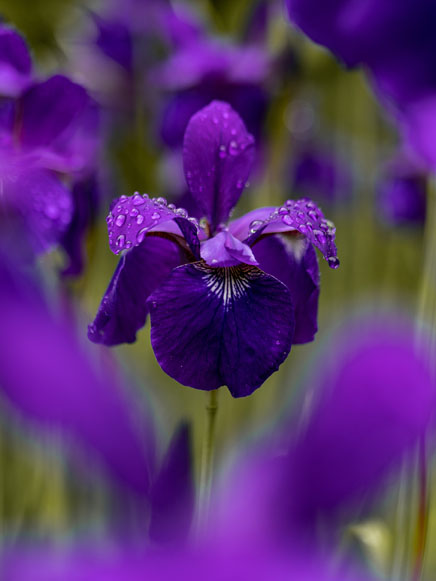Table of Contents
The biggest way to mess up a garden is by either over watering or not watering enough, the biggest obstacle is finding that in-between satisfaction place for your plant. It’s this simple process of going out every morning to water your flowers or vegetable plants that things can become tricky. What do you do after it’s rained for 3 days, how long do you wait to water your plants again?
Now as a first-time gardener, watering your plants will be a wait-and-see game. There is no need to panic, all you have to do is keep an eye out for the topsoil, does it seem overly dried and cracked? Or is it muddy and mushy to the touch? This physical altercation can tell you everything about when to water and when to wait another day. Because what happens to your plants if you over water? The leaves will start to have a yellowish tint and become lifeless causing the leaf to actually look sick-looking.
For an overly dry plant, this means the root system is receiving no water and causes the plant to shrivel and dry out like below:

Typically the only reason your plants should be crunchy dry is to utilize as herbs or as decor. But also under watering can cause this crazy drying effect. Now over watering, the leaves will always wilt. This wilting stage can be reversed but only it you leave the plant to dry completely. If not, then the plant can not be saved. This also refers to if you live in a flood zone or a heavy rain area, always check the plant species to see if they can handle that quantity or water.
The plants that do the best with flood zones and standing water are: Water hyssop, Pickerelweed, Cattail, Iris, Canna, Elephant’s ear, Swamp sunflower, and Scarlet swamp hibiscus.


But what plants can take the heat and less water? That’s an excellent question, there are is a great selection of flowers that need very little water. This collection of flowers love low water areas and dry heat: Mexican feather grass, Cape blanco, Angelina, Lavendula multifada, Sempervivum, Rock rose, Agastache rugosa, New Zealand iris, Verbena, and Penstemon.

If you’ve noticed the richer the colors the more likely they can take a lot of heat and less watering. The lighter tones involved with plants that require heavy watering shows this clear distinction between flower species. Always check the species of your plant and do a little research before planting, always check your zone climate. Because if you plant a hot heat plant in a cool climate, it will not fair well at all and will die off quickly.
A great way to search for exotic plant species is by determining which ones can handle tropical heat or tropical rain, this is so you can plant a tropical plant in your garden that can survive in your planting zone. Oddly, enough, most tropical plants fair very well in the Midwest of the United States. This is because of the heat and humidity presented in the heartland of America.
But a caution warning, do not plant an invasive plant species that will kill off your garden. This is not only bad for your garden but with pollen being carried from insects to different areas around your living territory, that invasion species can become uncontrollable.
So what are the 3 rules to watering?
Check the top soil to see if it’s cracked or soft

Check the leaves to see if they have wilted or have become crunchy – they should not be either option

Do not plant an invasive species
Be sure to read all of the instructions given on the plant tab when you’ve bought the item and check your garden every morning for pests and soil cracking.













